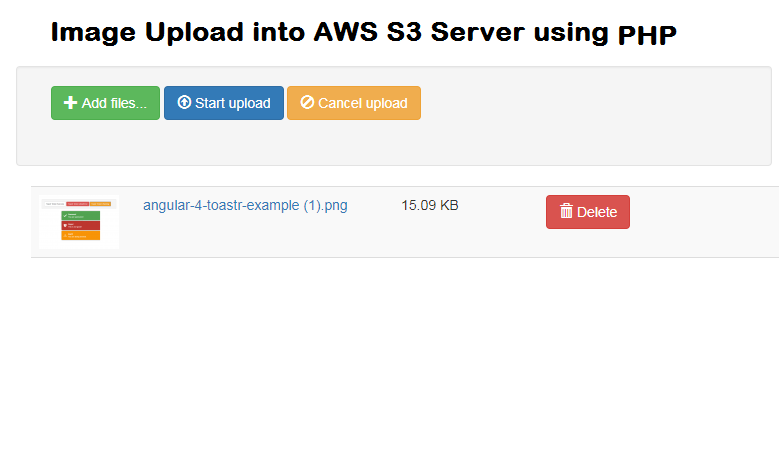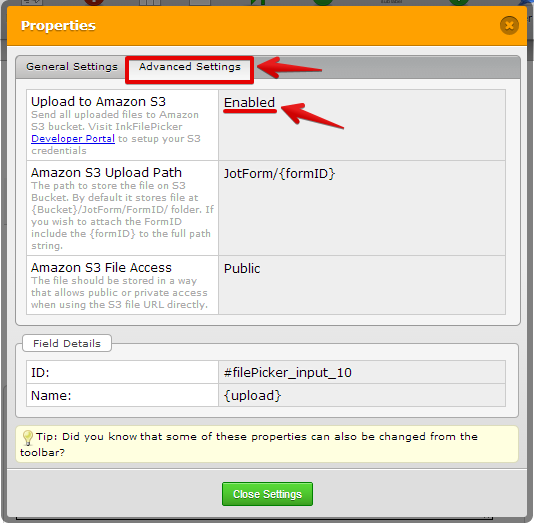

However, given that the original videos are often massive in size and that neither S3 nor CloudFront have built-in video optimization capabilities, this is far from ideal. Typical video streaming setup with AWS S3 and CloudFront CDN without any video optimizations

Streaming optimized videos from S3 - current methods and drawbacksĪ typical setup includes hosting the videos on AWS S3, the most popular cloud object storage around, and then directly streaming them on the users’ device.įor an even better video load time, you can use AWS CloudFront CDN with your S3 bucket. In such cases, cloud providers like AWS become the go-to choice for hosting and streaming videos. This is especially true if you want to present a native-looking user experience and control it, or you do not want to share revenues with a third party. When streaming videos on one’s website or app, hosting a video on a platform like YouTube might not be a viable option. This is corroborated by the trend we see on key social media platforms, with businesses on these platforms now preferring video content over still images. A video includes motion, music, still images, text, speech, and a few other elements, all of which combine to deliver engagement like never before.Īccording to research, users spend 88% more time on a website with videos, and video content receives 1200% more shares than images or text.

Using multipart upload provides the following advantages. In general, when your object size reaches 100 MB, you should consider using multipart uploads instead of uploading the object in a single operation. Jar File Download examples (example source code) Organized by topic. Use your TokBox Account to specify your own Amazon S3 bucket or Windows Azure container for completed archive files to be uploaded to. You can create an archive for an OpenTok session using the OpenTok REST API or one of the OpenTok Server SDKs. After all parts of your object are uploaded, Amazon S3 assembles these parts and creates the object. If transmission of any part fails, you can retransmit that part without affecting other parts. You can upload these object parts independently and in any order. Each part is a contiguous portion of the object's data.


 0 kommentar(er)
0 kommentar(er)
